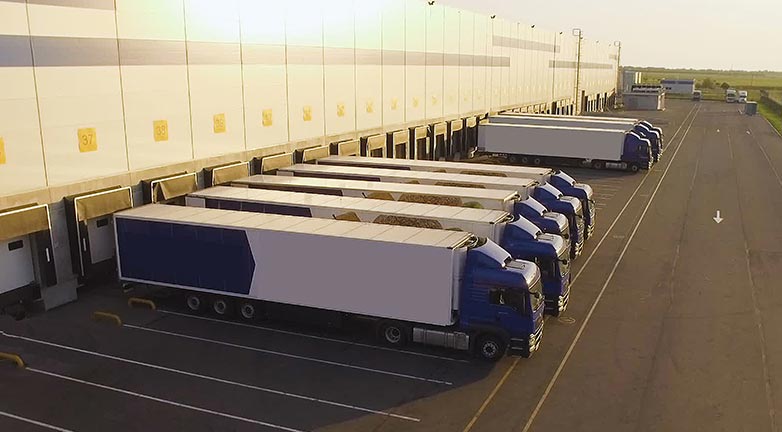ASCM Insights

How Industrial Real Estate Owners Can Meet Evolving E-Commerce Needs
By Rafael Calderon and John D’Angelo
Now that we are in the midst of the Fourth Industrial Revolution, the world is changing rapidly in the face of exponential innovation that will permeate every facet of life. The way we do business and interact with each other is undergoing a shift not seen since the first Industrial Revolution. New technologies — such as the internet of things, artificial intelligence and robots — are changing the way companies operate. At the same time, consumer expectations for customized products, product transparency and fast delivery are putting increased pressures on supply networks.
This shifting ecosystem is forcing a strategic shift in how companies operate and is challenging historically successful network distribution footprints. Traditional logistics networks have long relied on large industrial warehouses, strategically placed using advanced linear programming models to balance service levels in key markets with an optimized total cost to serve. This hub-and-spoke model still is widely used today.
New research from our colleagues at the Deloitte Center for Financial Services is providing a good picture of the immediate future for industrial real estate. The team forecasts that double-digit e-commerce sales growth will drive approximately 850 million square feet of industrial real estate demand between 2019 and 2023. However, industrial real estate’s pace of growth is forecasted to slow to nearly half of 2018 levels. Although the need for these large distribution centers remains, where they are located, how they operate within their four walls and the role they play in the broader digital supply network are changing.
The takeaway is that industrial real estate property owners should focus on innovation, such as creating more efficient, accessible and smart spaces, and on securing warehouses close to population hubs. Tenants and consumers alike want technologically advanced warehouse facilities in locations that enable same-day and next-day delivery.
From there, the requirements for how a supply network needs to operate can be fundamentally altered through investment in advanced warehouse management; transportation execution solutions; and a workforce that can be digitally augmented, such as by using robots to assist with outgoing deliveries and returns processing. In certain industries, the concept of black-out warehouses — meaning that the facility’s workforce is all robots, which do not need lights or other utilities — are in full operation. Finally, predictive analytics capabilities can improve sales forecast accuracy, customer profiling, ensemble modeling and future demand scenarios.
The world of commerce is changing rapidly to meet the new frontier enabled by disruptive and digital technologies, fueling growth and investment in the digital supply networks of the future. This means that, instead of being part of static and linear supply chains, companies will participate in interconnected ecosystems of nodes that can dynamically shape the planning, production and distribution of products. Looking ahead, producers, suppliers, industrial real estate owners, logistics service providers and operators all need to evolve to be more agile to keep up with the rapidly changing business environment.
Rafael Calderon is a principal with Deloitte Consulting LLP, serving as the synchronized planning and fulfillment market offering leader within Deloitte’s Supply Chain and Network Operations practice. He may be contacted at rcalderon@deloitte.com.
John D’Angelo is a managing director with Deloitte Consulting LLP, serving as the U.S. real estate sector leader for consulting and within Deloitte’s U.S. Investment Management and Real Estate leadership team. He may be contacted at johndangelo@deloitte.com.